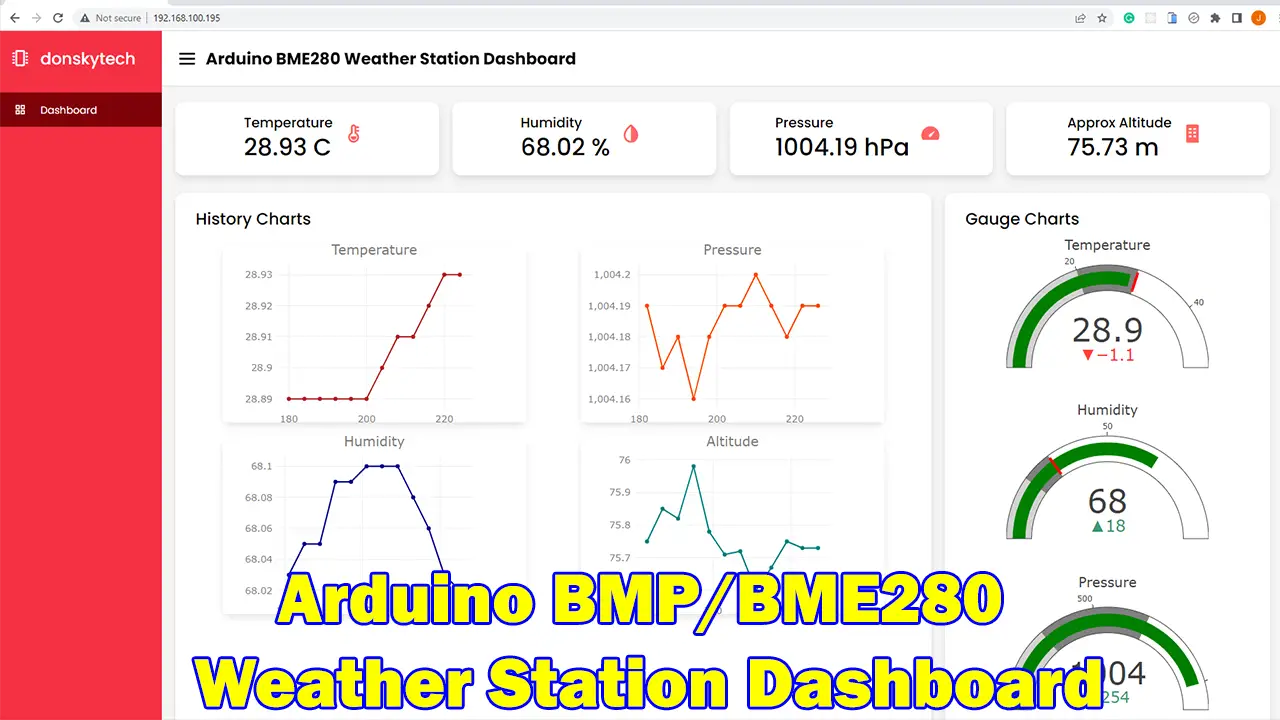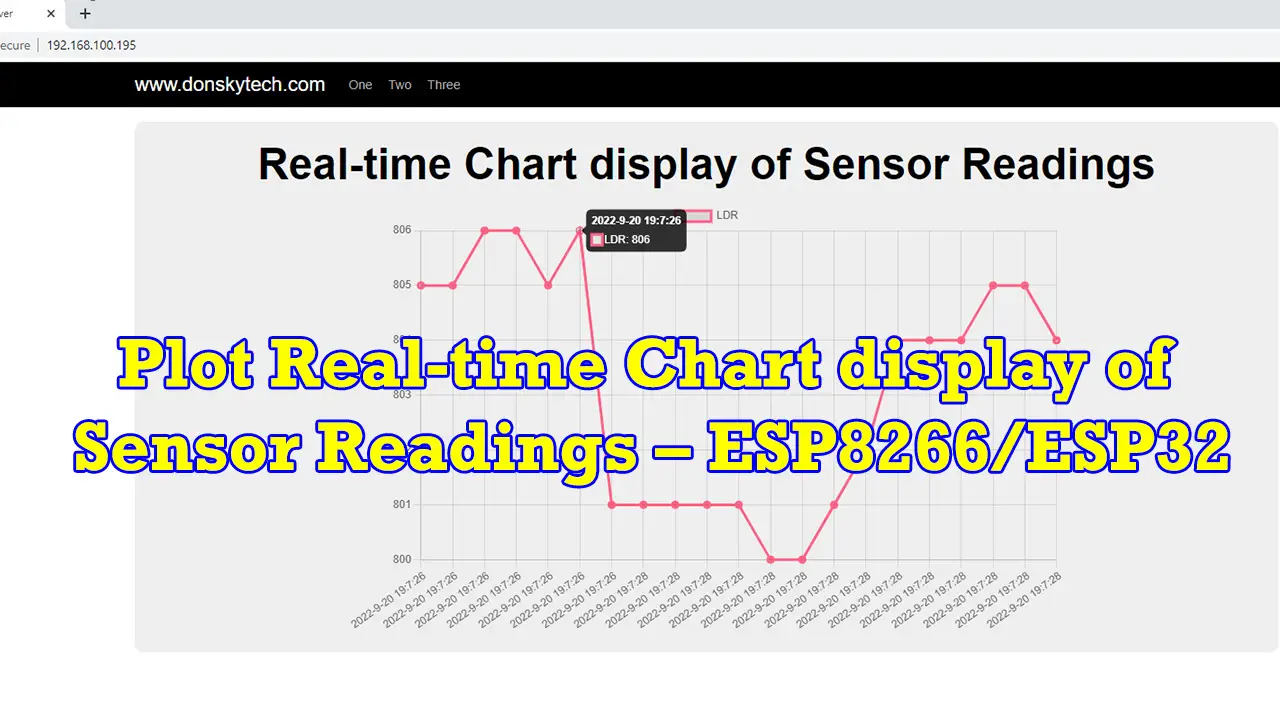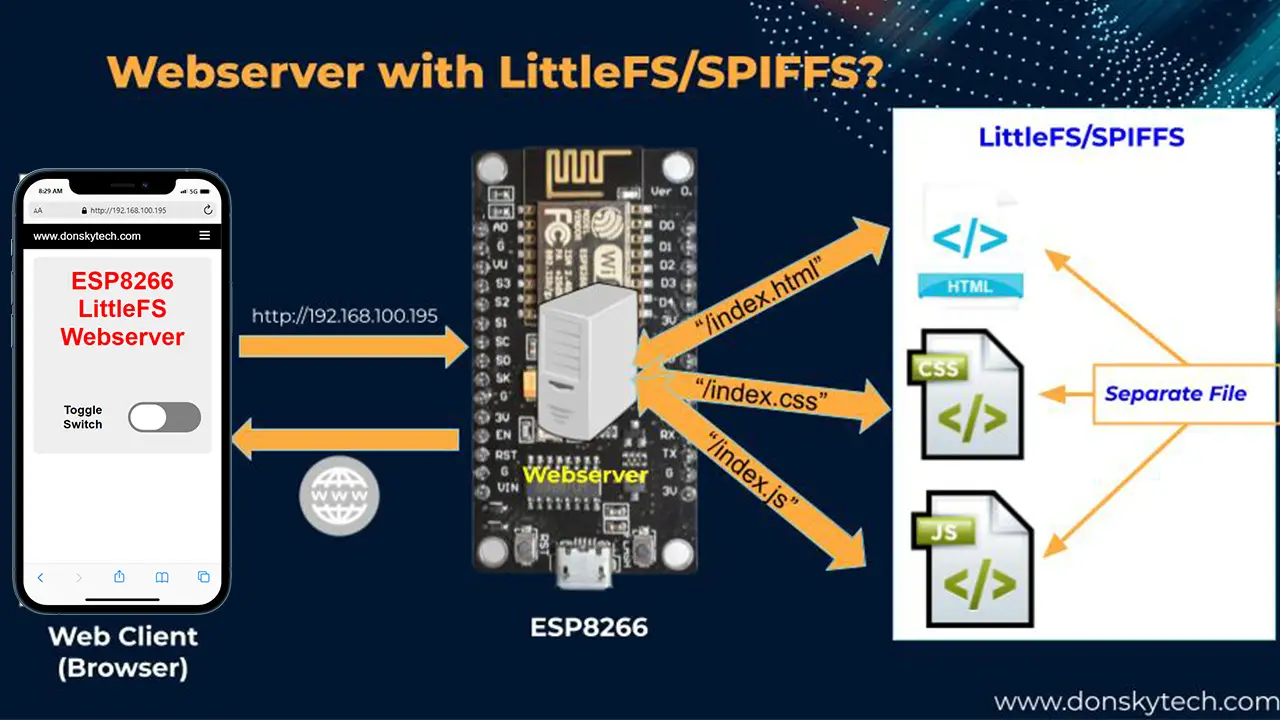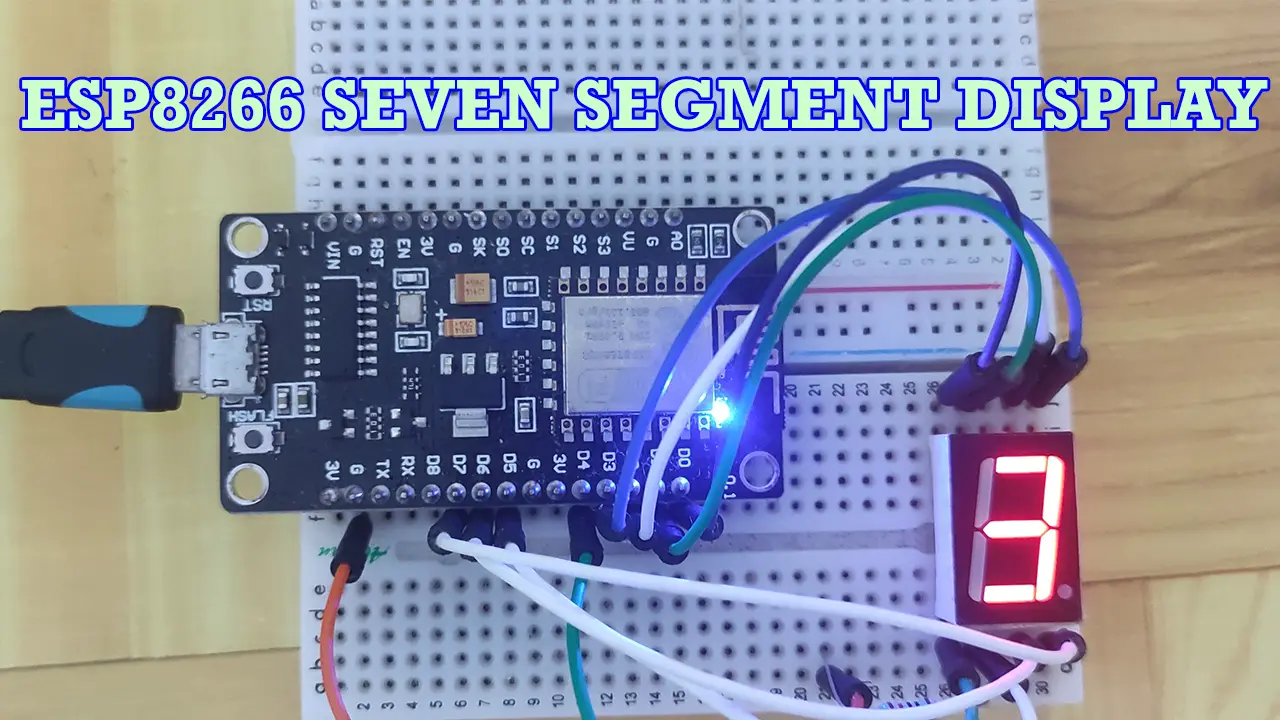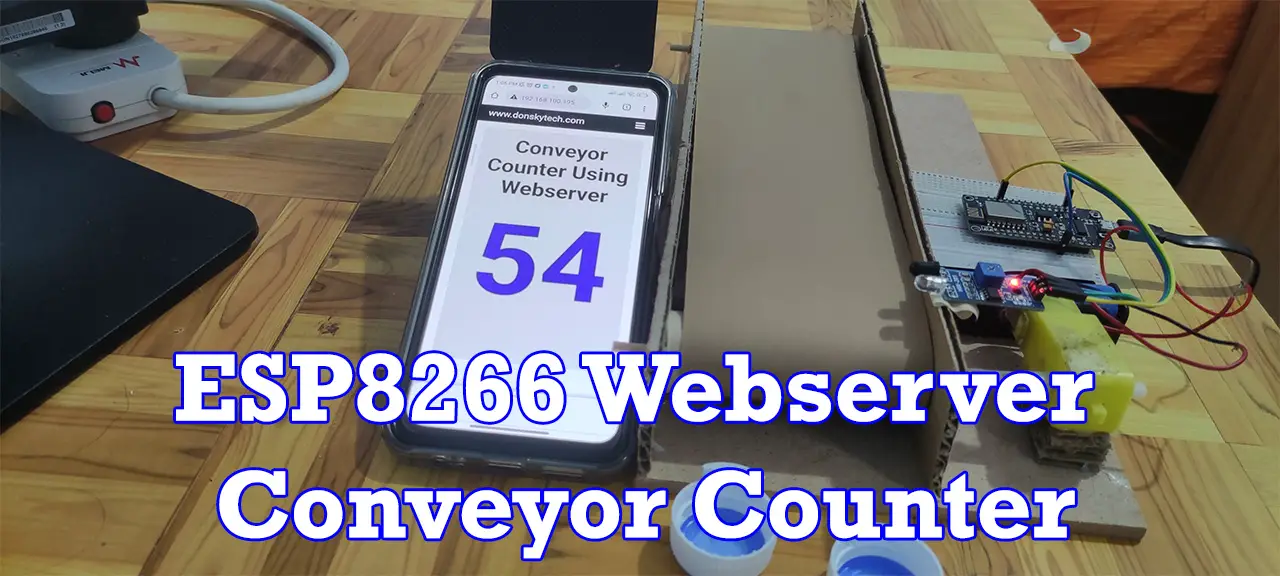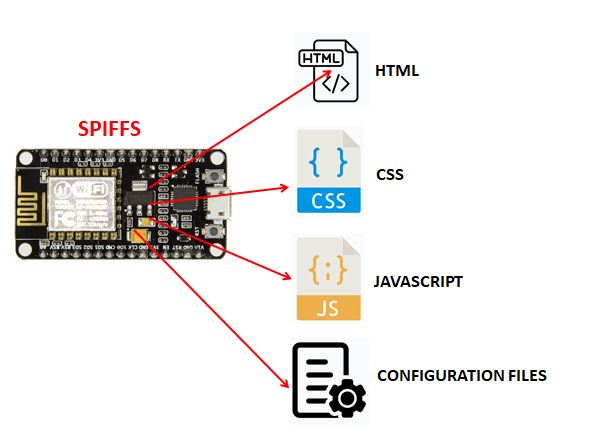Category
-
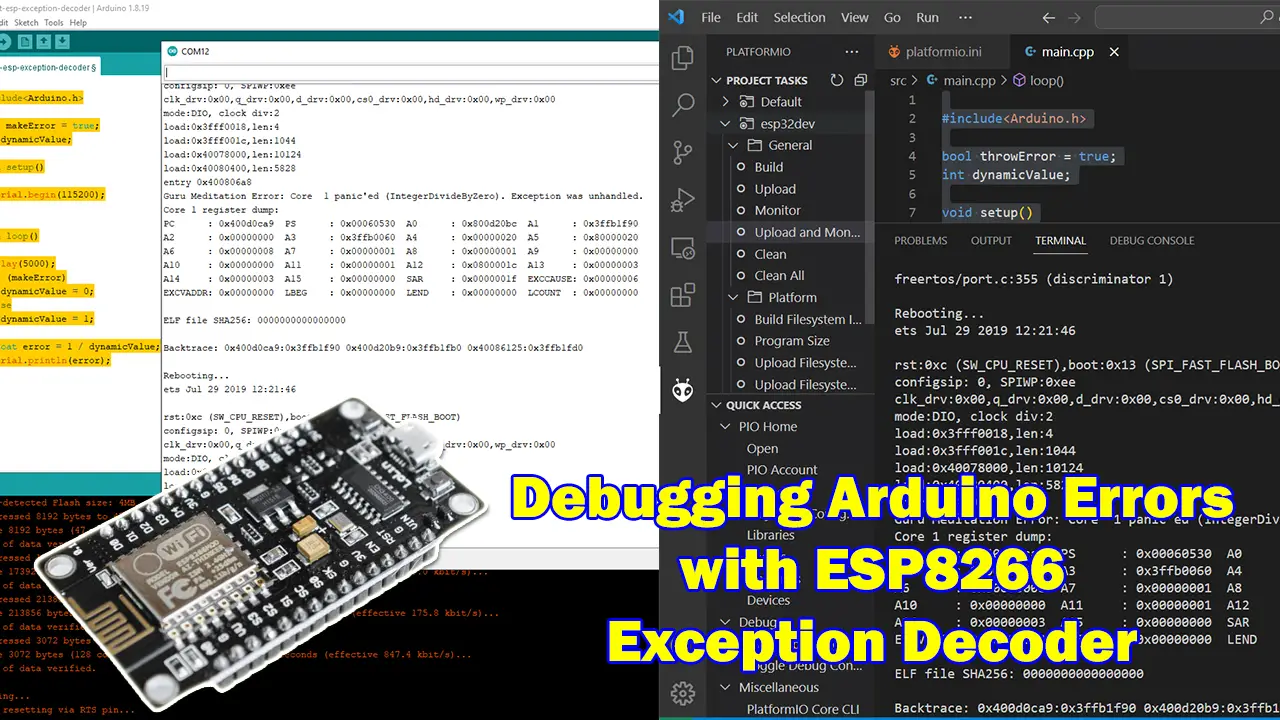
Debugging Arduino Errors with the ESP8266 Exception Decoder
This post will show you how to use the ESP8266 exception decoder in both Arduino and PlatformIO IDE to help debug errors in your program.
-

Using Arduino with BME280 plus a weather station project
This post will show you how to interface your Arduino code with the BME280/BMP280 sensor with a weather station project using ESP8266/ESP32
-

Plot Real-time Chart display of Sensor Readings – ESP8266/ESP32
This post shows how you could plot real-time chart of your sensor readings and updates automatically using ESP8266/ESP32 microcontrollers
-

Interfacing Photoresistor or LDR into NodeMCU ESP8266
This post will discuss how we can read sensor values coming from a Light Dependent Resistor (LDR) or a photoresistor using an ESP8266 board.
-

ESP8266 Webserver Using LittleFS
In this post we will be creating our own ESP8266 Webserver using the LittleFS Filesystem that will serve web content to the calling client.
-

ESP8266 LittleFS Tutorial Series
This is the first part of my ESP8266 LittleFS Tutorial series where we discuss an overview of it and explore what this filesystem is in projects.
-

Control Seven Segment Displays Using ESP8266
Do you want to know how to control those colored seven segment displays using your NodeMCU ESP8266 and the Arduino framework then follow along with this short post. Those colorful seven segment displays are ideal for Internet of Things (IOT) projects that need to display the current count or current mode of your projec
-

ESP8266 Webserver Conveyor Counter
In this article, we are going to create a real-time ESP8266 Webserver object counter that displays the count thru wifi using an IR sensor.
-
NodeMCU ESP8266 Web Server Tutorial Series
This project tutorial series will discussed how to create your own ESP8266 Web Server using the NodeMCU module. The web server application that we are gonna be creating is used to control our electronic components.
-

Install ESP8266 File Uploader in Arduino IDE for SPIFFS
In this post we are going to show how you can install the ESP8266 File Uploader in your Arduino IDE so that you can use SPIFFS in your web server Internet of Things application.
